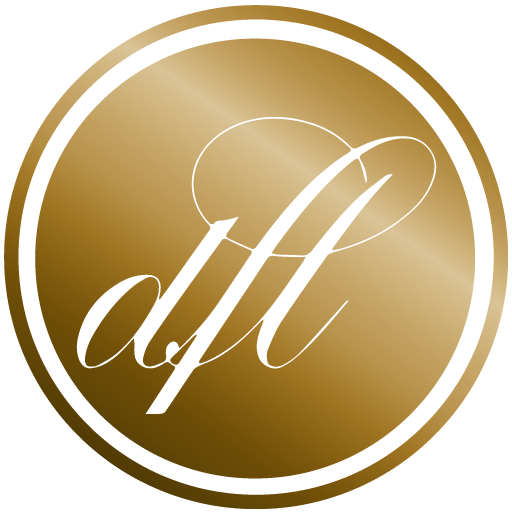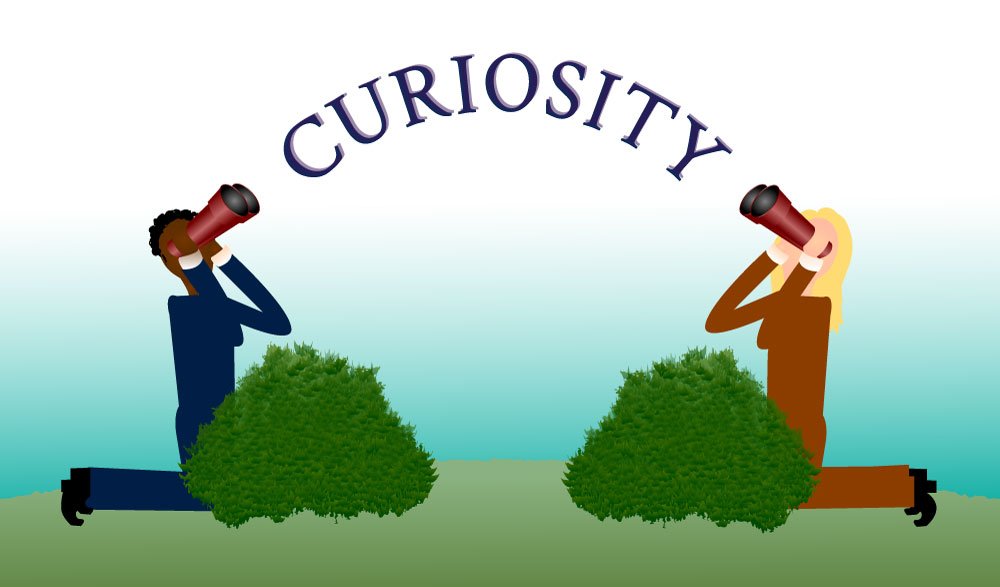Curiosity Didn’t Kill This Cat
When I was a child, questions sprang up in my head like popcorn, and my constant questioning drove most adults (especially my Mom) nuts. There was no real focus for the topic du jour; I was intrigued by the collection of knowledge.
That exploration for information was a challenge to keep up with, especially in the days when research was limited by whatever our 10-year-old encyclopedias, that I was blessed to have access to, relayed. Without the Internet and Wikipedia, most of the answers I received from older folks were “I don’t know” and ‘don’t you know that much curiosity “killed the cat?”’
Fortunately, I didn’t let that hinder me or my desire for more and more data.
As I’ve progressed in my self-awareness, I now understand that it’s not knowing everything about everything that drives me.
It’s more about collecting the information and storing it away in case I need it one day.
I use to say that I wished my brain was like a computer with a recycle bin so that I could delete some of the things that I deemed unnecessary. I’m now glad that it doesn’t because just when I think I won’t need to know something, such as the byproduct of sugarcane is called bagasse, then low and behold, it arises in a conversation!
And these nuggets of information are not just good for playing trivial pursuit.
My innate curiosity has done me well in my career as well.
Especially as it relates to business development, having a natural instinct to know more ensures that you’re an active participant in conversations.
Generally, I prefer to listen rather than to speak, and when I speak, I like to ask pointed questions. Although, there is a fine line between interest and the Spanish Inquisition, so I try to remain on the positive side of that equation.
Through my 30+ years in business development, I have honed my skills to advance the conversation and engage fellow participants.
The following tips have helped along the way:
Research the client and his/her company organization before you enter the room. That way, you can cater the message to the audience.
Understand and keep to the time allocated for the meeting. Be prompt.
Enter the conversation as if there is something there that you can learn.
Use open ended questions to ensure quality, information-rich answers.
It’s not about you; be present; truly listen and never stop listening. Per Steven Covey, “Most people don’t listen with the intent to understand; they listen with the intent to reply.” Be the former, not the latter of those people!
If you don’t know an answer to a question that they ask you, then say that you don’t know. It’s alright offering to find the information for them. What better excuse for a
follow up?
When considering the kinds of questions to ask, Dan Pink in his book To Sell Is Human put it best as “…the premium has moved from problem solving as a skill to problem finding…. If I can articulate and identify exactly what my problem is, I can probably find a solution. But you’re more useful if I don’t know what my problem is or if I’m wrong about my problem. This move from problem solving to problem finding is clarity.”
Here are some warm up questions for you to consider:
Please define key issues and hot buttons.
What does success look like for you?
What has worked well in the past?
What areas are the most challenging in your opinion?
The answers might be different than what you think.
Ask again, later in the account development process and ask others involved. The answers may vary dependent upon the client position and his/her role in the decision-making process.
If you’d like further pointers and/or how to be a problem finder, please contact me at dlandry@authentizity.com
To further support my philosophy/love of curiosity, I have read and reread Brian Grazer’s book “A Curious Mind.”
I highly recommend it, as well as the just released HBR White Paper entitled Why Curiosity Matters.
Happy curiosity seeking!

